via Eric Peters:
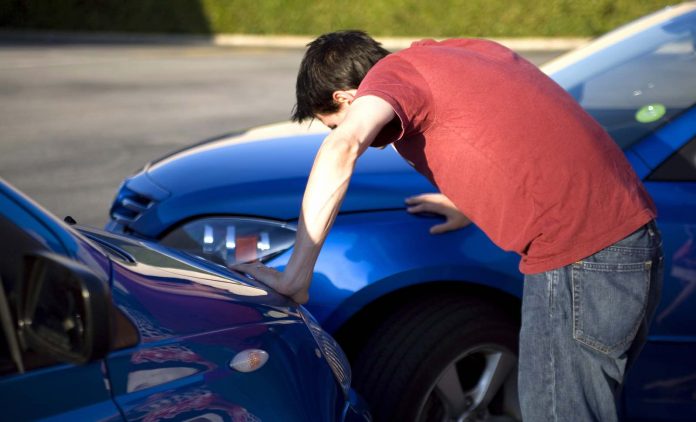
Avoiding an accident is actually pretty easy – because most “accidents” aren’t.
They are the result of mistakes.
In other words, avoidable things.
Here are a few common mistakes that can lead to an “accident.”
Too much speed, not enough space –
The driving public has been hectored for generations that “speed” is bad – “speed” defined as any velocity above that specified by a speed limit sign. This is gassy, arbitrary nonsense, as everyone knows – including speed cops and traffic courts.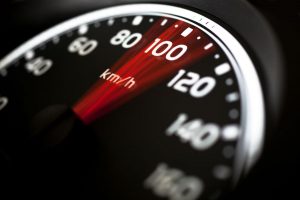
What’s dangerous – at least potentially – is too much speed for the space available.
On an open highway, on a nice clear day, it might be reasonable and prudent (as the saying goes) to drive 100 MPH or even faster – no matter what the sign by the side of the road says. Those signs are analogous to the No Swimming Unless Lifeguard is Present signs one sometimes sees beside a motel’s pool. If you can swim, there’s no reason not to – at least in terms of your safety.
The sign is there for liability reasons – to immunize the pool’s owner from being sued if someone who can’t swim attempts to go for one and drowns.
Speed limit signs are there for the same reason. They assume general incompetence – and mulct the competent.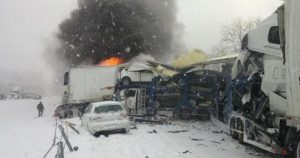
But it may not be reasonable or prudent at all to drive even 25 on the same highway in a howling snowstorm in the middle of the night – regardless of the legal speed limit.
Decreased traction – and limited visibility – impose speed limits that are physical rather than legal.
Ignore these limits at your peril.
PS: Tailgating is a sub-species of too much speed – and not enough space. The problem isn’t your speed. It’s that you won’t have sufficient space to shed your speed in time if the driver ahead of you suddenly reduces hisspeed.
Turning Too Much – or Not Enough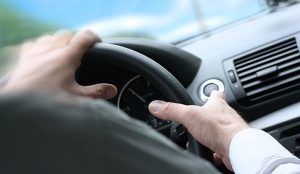
This is a mistake people sometimes make in the curves. Turn too much relative to the curve of the road and the car may cross over the double yellow, into the other lane of traffic – which creates a possible issue resulting from two objects attempting to occupy the same physical space simultaneously.
A secondary problem is the over-correction that sometimes ensues. The driver, realizing he has crossed the double yellow, abruptly jerks the steering wheel in the opposite direction, in order to get the car back in its lane – and out of the path of the pair of oncoming headlights.
The same basic problem arises when the driver doesn’t turn enough as he enters a curve, especially one with a decreasing outside radius.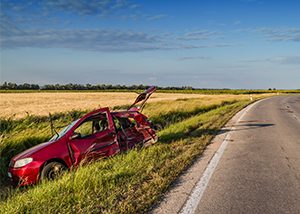
He notices the car tracking toward the shoulder – perhaps he’s already drifted onto it – over-reacts, jerks the wheel hard (and too far) in the other direction.
Sudden, abrupt steering inputs are always dangerous but the danger increases when the car is attempting to trace a curve. Traction is already less than it would be if the car were traveling in a straight line because of weight shifting toward the outside of the curve – and it’s easier to lose control due to sudden/excessive steering (or braking) inputs.
Compounding the problem, you have less space cushion to make up for your mistake – because inertia is already carrying the car in the direction you don’t want to go: Off the road – or into the other lane of travel.
Try to avoid any abrupt control inputs – whether steering or braking.
The safest drivers are smooth drivers.
The Safety Cult teaches that one should always accelerate gradually, as if there were a baby’s fontanel under the pedal. They actually teach kids this dangerous nonsense in school.
It’s a great way to create an “accident” – as by gently accelerating from a merge lane onto a highway and into the path of an eighteen-wheeler moving at highway speeds. Or via the notorious cruise control pass – gimping glacially past a car doing 49 at in a 55 at 55 miles-per-hour.
Because t go any faster would be (of course) be “speeding.”
No matter that it’s the safest way to execute a pass because it reduces the amount of time your car spends driving in the wrong lane.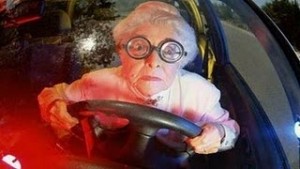
Not infrequently, another car appears in the opposite lane while the slow-motion pass is in progress. Now the passing (or trying to) driver must either accelerate very aggressively, in order to get around the car and back into the right lane of travel before the oncoming car closes the gap – or brake aggressively, to get back in line behind the car he was trying to pass.
Neither being what might called safe.
Once upon a time, car companies touted the passing gear performance of their new cars – and today’s cars have more passing power than ever. But it’s never discussed and used just as infrequently, out of fear of arousing the fury of the Safety Cult.
But the Safety Cult is dead wrong on this and many other things.
Expecting other drivers (especially eighteen wheelers) to slow/brake to accommodate you is a very good way to have an “accident.”
Sometimes, flooring it is the safest thing to do.
